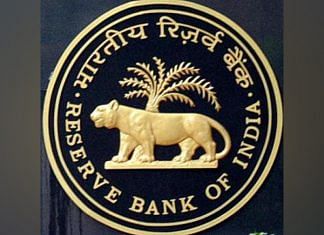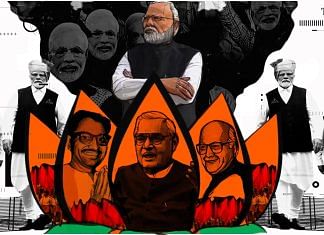Thank you dear subscribers, we are overwhelmed with your response.
Your Turn is a unique section from ThePrint featuring points of view from its subscribers. If you are a subscriber, have a point of view, please send it to us. If not, do subscribe here: https://theprint.in/
The MFIs (Micro Finance Institutions) were introduced in India in the 1980s with a primary objective of liberating the rural poor from the clutches of the local money lenders (sharks) charging exorbitant rates of interest. The MFIs focus on poverty alleviation and empowerment of women through financial assistance. Their major clientele base includes SHGs (Self Help Groups) composed of poor women in villages engaged in small business, farming and other allied activities.
These borrowers don’t have bank accounts, income proofs and have no credit ratings. Hence, denied access to credit facilities through formal banking channels. Microfinance Institutions are established to bridge this gap with a greater outreach. The institutions supporting microfinance offer services such as lending, setting up bank accounts and providing micro-insurance products.
The MFIs charge an average interest rate of 15% to 27% for these loans which itself is very steep compared to the average ROI charged by the Public Sector Banks which varies from 7% to 11% for these small loans.
The exorbitant interest rate charged by these MFIs defeats the very purpose of the formation of MFIs for social justice. The idea was to free the vulnerable sections of the society from the clutches of the local money lender. Instead, with the extortionate ROI charged by these MFIs the borrower remains perennially in a debt-trap. This move is a free hand given to these MFIs(Corporates) by the RBI to run an extortion racket legally.
If it was individual looting by the money lender earlier, now it is institutionalised fleecing of the poorer sections of the society with the introduction of Corporates into the MFI sector.
The main component of the cost of funds for the MFIs is the mind-boggling salaries paid to the CEOs of these MFIs. While the CEO of a PSB draws a gross salary of Rs.40 to Rs.50 lac PA, the CEO of an MFI is paid an average salary of Rs.5 to Rs.10 crores PA., fleeced from the blood and sweat of these poor women.
When certain unscrupulous money lenders were involved in online lending through Chinese Apps by charging sky-high rates of interest to the lowly rated borrowers, leading to their multiple suicides , RBI was quick to react to ban those Apps. Then how far is it justified in removing caps on ROI charged by MFIs which is an equally destructive move?
Is the RBI waiting for a sub-prime crisis to hit our country to cap the rates of interest charged by MFIs?
These pieces are being published as they have been received – they have not been edited/fact-checked by ThePrint.









COMMENTS